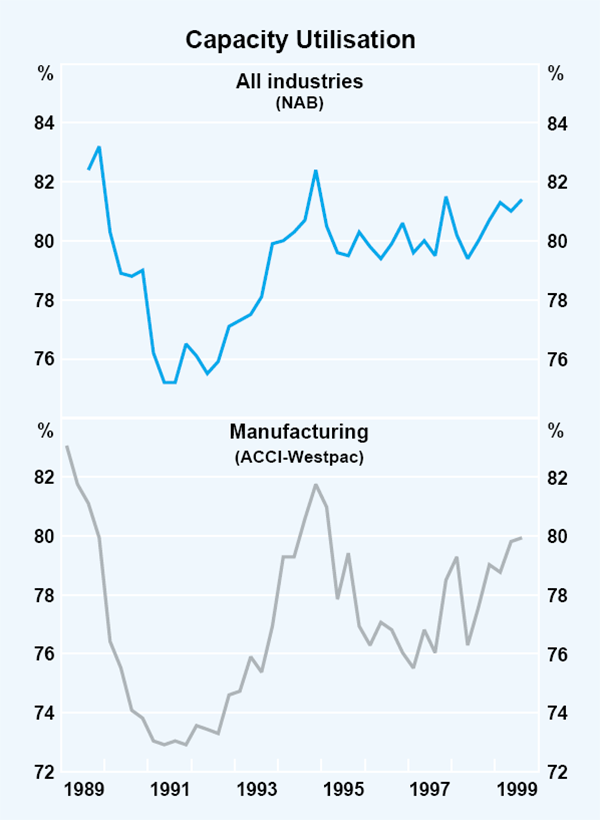A Weakening Investment U
Post on: 11 Июнь, 2015 No Comment

by David Fessler. Energy & Infrastructure Strategist, The Oxford Club Monday, April 30, 2007
by David Fessler. Advisory Panelist
Tuesday, May 1, 2007: Issue #669
In Ralph Waldo Emerson’s famous essay, Compensation. the Quintessential American says that the universe, and by extension, nature, science, and especially human nature, is unwilling to accept imbalance.
Things refuse to be mismanaged for long, he says. Eventually, everything achieves a natural balance.
This is true in today’s world markets and economies, too. Stock markets, currencies, inflation, gold none of these go up or down forever. Sooner or later, they reverse and go in the opposite direction.
Today, let’s look at the decline of the weak U.S. dollar. why a crash is unlikely and how to make money as the greenback slowly loses value
A Few Good Things About A Falling, Weak US Dollar
Much has been written about the U.S. dollar’s decline, and lately, even the word recession has been bantered around in the press and various newsletters.
Some analysts are boldly predicting gold to reach $3,000 an ounce and oil to hit $200 per barrel And some are waiting for the sub-prime disaster to infect the entire housing market .
The sky is apparently falling, and some people are working up a serious lather over the prospects. But how about the U.S. dollar? Will it freefall indefinitely?
Five or 10 years ago, world economists and government talking heads were actually hoping for a decline in the dollar to happen. How can this possibly be good for the U.S.?
With the dollar weakened, the world’s goods get more expensive for U.S. citizens, so consumption is reduced and the U.S. economy cools a little. Inflation and interest rates are held in check. Nothing wrong with that
The Other Side of the Coin
Consider that our goods and services become cheaper to export, and all of a sudden look more attractive to consumers in other countries whose currencies are rising against the dollar. The protectionism drum will be put in the closet.
Enter China and India, where there’s a rising middle class that between the two countries is more than 300 million people, which is about equal to the total population of the United States. All getting ready to spend money — on U.S. stuff — and traveling to the U.S. on vacation. What’s wrong with that?
To be fair, let’s consider the worst-case scenario a dollar crash.
The economies whose currencies are at the other end of the seesaw, particularly the euro and the yen, would find their exporters suddenly being priced out of U.S. markets. The interest yields demanded on American Treasury bonds could jump sharply higher, as the Chinese and Japanese central banks and Middle Eastern oil-producing countries insist on higher yields to compensate for the greater currency risk.
Yet a crash of that sort looks unlikely.
Since the major lenders to America are official institutions in Asia and the Middle East, they have significant leverage in slowing the dollar’s weakening state. They would only hurt themselves if they became panic sellers, so it is hard to see why they would do so.
A fairly steady fall is much likelier than a plummet.
What Can Investors Do about the Falling Dollar?
To hedge against the dollar’s decline, we can make sure at least part of our portfolio is devoted to gold. (The Oxford Asset Allocation Model suggests 5% of your holdings should be in precious metals.)
This can take the form of bullion, gold coins or even individual gold stocks. However, an even easier way is to invest in gold is a mutual fund that holds many gold stocks. The American Century Global Gold Fund (BGEIX) is a great way to get the portfolio diversification and currency protection we seek. The fund’s average annual return for the past five years is over 21%.
In short, the sky isn’t falling, the world isn’t ending, and, apparently, Emerson is right on the money.
Good investing,
David Fessler
Today’s Investment U Crib Sheet














